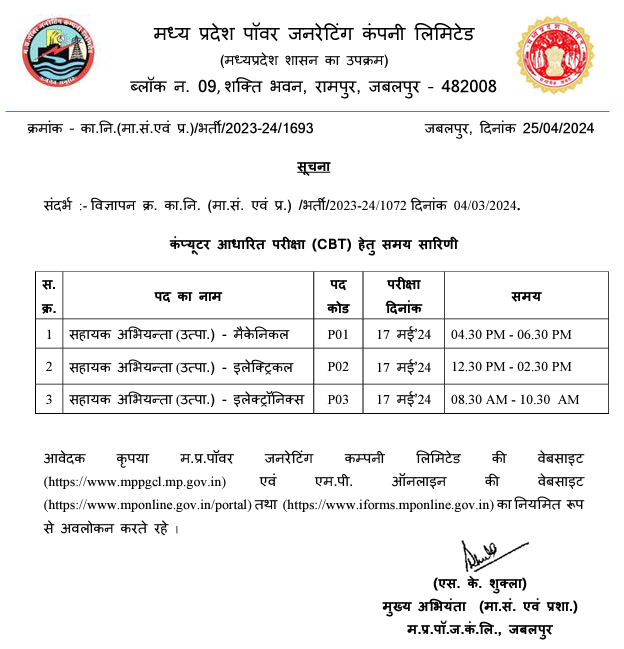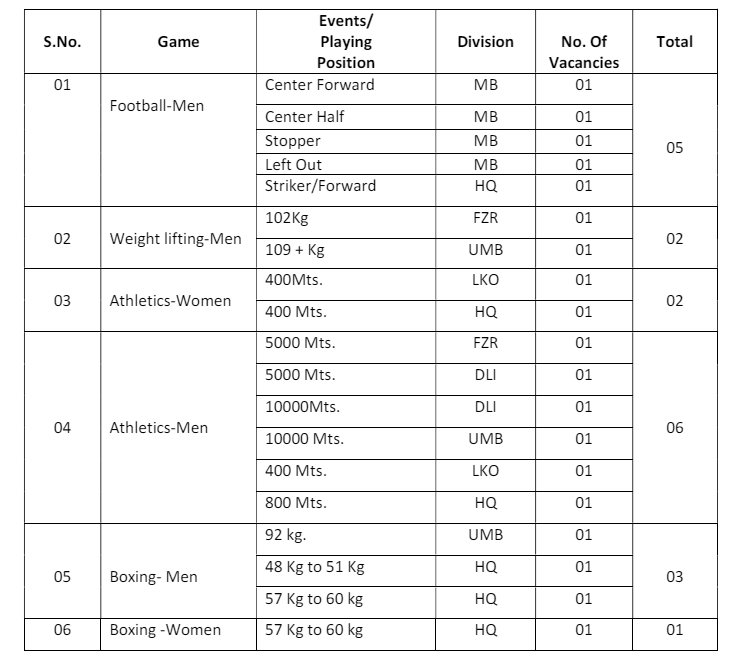General Science-Important Questions PART 3

Category –EE Online Test
Telegram-Join Us On Telegram
Attempt Free General Science-Important Questions PART 3 Here. Read The Important Electrical MCQ From Below.
(A) Oxygen
(C) Nitrogen
(Ans : B)
(A) Methane
(B) Carbon dioxide
(C) Butane
(D) Carbon Monoxide
(Ans : A)3. The most malleable metal is–
(A) Silver
(B) Gold
(C) Aluminium
(D) Sodium
(Ans : B)
General Science-Important Questions PART 3
4. Which of the following is used in making smoke bombs ?
(A) Sulphur
(B) Phosphorus
(C) Hydrogen
(D) Carbon
(Ans : B)
5. Caustic Soda is–
(A) Nacl
(B) Na2CO3
(C) NaOH
(D) NaHCO3
(Ans : C)
6. Chemical formula of Water glass is–
(A) Na2SiO3
(B) Al2O3
(C) NaAlO2
(D) CaSiO3
(Ans : A)
7. The hardest substance available in earth is–
(A) Platinum
(B) Silicon
(C) Diamond
(D) Gold
(Ans : C)
General Science-Important Questions PART 3
8. Which of the following is the best conductor of electricity ?
(A) Zinc
(B) Copper
(C) Gold
(D) Silver
(Ans : D)
9. The ratio of pure gold in 18 carat gold is–
(A) 60%
(B) 75%
(C) 80%
(D) 100%
(Ans : B)
10. Which radioactive pollutant has recently drawn the attention of the public due to its occurance in the building materials ?
(A) Radium
(B) Radon
(C) Thorium
(D) Plutonium
(Ans : C)
General Science-Important Questions PART 3
11. In an atomic explosion enormous energy is released which is due to the–
(A) Conversions of neutrons into protons
(B) Conversion of chemical energy into nuclear energy
(C) Conversion of mechanical energy into nuclear energy
(D) Conversion of mass into energy
(Ans : D)
12. Which of the following is used as a coolant in nuclear reactors ?
(A) Heavy water
(B) Cadmium
(C) Liquid sodium
(D) Graphite
(Ans : C)
13. In vulcanization, natural rubber is heated with–
(A) Carbon
(B) Sulphur
(C) Silicon
(D) Phosphorus
(Ans : B)
14. Which type of fire extinguisher is used for petroleum fire ?
(A) Foam type
(B) Soda acid type
(C) Powder type
(D) None of these
(Ans : C)
General Science-Important Questions PART 3
15. Which is/ are the important raw materials in cement industry ?
(A) Limestone
(B) Gypsum and Clay
(C) Clay
(D) Limestone and Clay
(Ans : D)
16. A mixture of iron filings and sand can be separated by–
(A) Heating
(B) Sublimation
(C) Hand picking
(D) Magnetic Separation
(Ans : D)
17. In which of the following process, Vanadium Pentoxide is used as a catalyst?
(A) Contact process
(B) Haber process
(C) Solvary process
(D) None of these
(Ans : A)
18. The rate of chemical reaction does not depend on–
(A) Concentration
(B) Catalyst
(C) Temperature
(D) Pressure
(Ans : D)
General Science-Important Questions PART 3
19. The vitamin which can be synthesized in the gut by bacterial action is–
(A) vitamin B1
(B) vitmain B2
(C) vitmain B12
(D) All above
(Ans : D)
20. Deficiency of vitamin D causes–
(A) rickets
(B) beri-beri
(C) scurvy
(D) night blindness
(Ans : A)
21. Which one of the following is the best source of vitamin A?
(A) Apple
(B) Carrot
(C) Amla
(D) Raddish
(Ans : B)
22. Which of the following is not a chemical reaction ?
(A) Burning of paper
(B) Digestion of food
(C) Conversion of water into steam
(D) Burning of coal
(Ans : C)
General Science-Important Questions PART 3
23. Which of the following is a chemical change ?
(A) Rusting of iron
(B) Tempering of iron
(C) Melting of iron
(D) Bending of iron
(Ans : A)
24. Photoelectric effect was discovered by–
(A) Einstein
(B) Hertz
(C) Bohr
(D) Plank
(Ans : A)
25. The hydrogenation of the vegetables oils takes place in the presence of finely divided–
(A) aluminium
(B) charcoal
(C) silica
(D) nickel
(Ans : D)
General Science-Important Questions PART 3
1. Tetraethyl lead is used as–
(A) Mosquito repellent
(B) Pain Killer
(C) Fire extinguisher
(D) Petrol additive
(Ans : D)
2. Which of the following is used in beauty parlours for hair setting ?
(A) Phosphorus
(B) Sulphur
(C) Chlorine
(D) Silicon
(Ans : B)
3. Which of the following is a non-metal that remains liquid in room temperature ?
(A) Bromine
(B) Chlorine
(C) Helium
(D) Phosphorus
(Ans : A)
4. Which of the following is not a bleaching agent?
(A) Sulpher di-oxide
(B) Carbon di-oxide
(C) Sodium hypochlorite
(D) Chlorine
(Ans : B)
General Science-Important Questions PART 3
5. The gas usually filled in electric bulb is–
(A) Hydrogen
(B) Oxygen
(C) Nitrogen
(D) Carbon di-oxide
(Ans : C)
6. Heavy water is–
(A) Tritium oxide
(B) Deuterium oxide
(C) Rain water
(D) Water at 4°C
(Ans : B)
7. Cow milk is a rich source of–
(A) Vitamin A
(B) Vitamin B1
(C) Vitamin C
(D) Vitamin D
(Ans : B)
General Science-Important Questions PART 3
8. The element found in the surface of the Moon is–
(A) Tin
(B) Tungsten
(C) Tantalum
(D) Titanium
(Ans : D)
9. The average salinity of sea water is–
(A) 2%
(B) 3%
(C) 2.5%
(D) 3.5%
(Ans : D)
10. The isotope of Uranium capable of sustaining chain reaction is–
(A) U 235
(B) U 238
(C) U 239
(D) None of these
(Ans : A)
11. Radioactive disintegration of Uranium ultimately results in formation of–
(A) Radium
(B) Thorium
(C) Polonium
(D) Lead
(Ans : D)
12. Atom bomb is made on the basis of–
(A) Nuclear fusion
(B) Nuclear fission
(C) Both (A) and (B)
(D) None of these
(Ans : B)
General Science-Important Questions PART 3
13. Which of the following is the petroleum wax ?
(A) Bees wax
(B) Carnauba wax
(C) Paraffin wax
(D) Jojoba wax
(Ans : C)
14. Which of the following fibres is generally preferred for making gauze and lint ?
(A) Cotton
(B) Rayon
(C) Nylon
(D) Terylene
(Ans : B)
15. Rubber is coagulated from latex by adding–
(A) Hydrochloric acid
(B) Acetic acid
(C) Sulphuric acid
(D) Carbonic acid
(Ans : B)
16. Which of the following metals can displace hydrogen from dilute acids ?
(A) Zinc
(B) Gold
(C) Copper
(D) Silver
(Ans : A)
General Science-Important Questions PART 3
17. Reaction of alcohol, with carboxylic acid is known as–
(A) Substitution reaction
(B) Addition reaction
(C) Esterification
(D) Hydrogenation
(Ans : C)
18. Saponification involves the hydrolysis of fats and oils by–
(A) Water
(B) Washing soda
(C) Stearic acid
(D) Caustic acid
(Ans : D)
19. Ascorbic acid is–
(A) Vitamin K
(B) Vitamin B
(C) Vitamin A
(D) Vitamin C
(Ans : D)
20. Sterility in some animals is caused due to deficiency of–
(A) vitamin B
(B) vitamin D
(C) vitamin B12
(D) vitamin E
(Ans : D)
General Science-Important Questions PART 3
21. At the boiling temperature an enzyme becomes–
(A) killed
(B) denatured
(C) uneffected
(D) inactivated
(Ans : B)
22. The penetrating power is maximum in–
(A) a-rays
(B) b-rays
(C) g-rays
(D) cathode rays
(Ans : A)
23. Which of the following rays carry no charge ?
(A) Cathode rays
(B) X-rays
(C) a-rays
(D) Positive rays
(Ans : B)
24. An atom bomb is based on the principle of–
(A) Chemical reaction
(B) Chain reaction in the form of fission
(C) Nuclear fusion
(D) None
(Ans : B)
General Science-Important Questions PART 3
25. In which of the following processes light energy is converted into chemical energy ?
(A) Respiration
(B) Fermentation
(C) Photosynthesis
(D) Photorespiration
(Ans : C)














